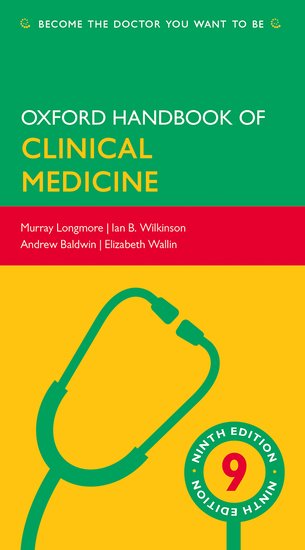Happy 60th Birthday: The science that makes transplantation work
By Daniel M. Davis
Sixty years ago today, the world’s top science journal Nature published an article just 3½ pages long, which won a Nobel Prize for its lead author Peter Medawar and more importantly put doctors on the right path for making transplantation surgery the life-saver that it is today.









